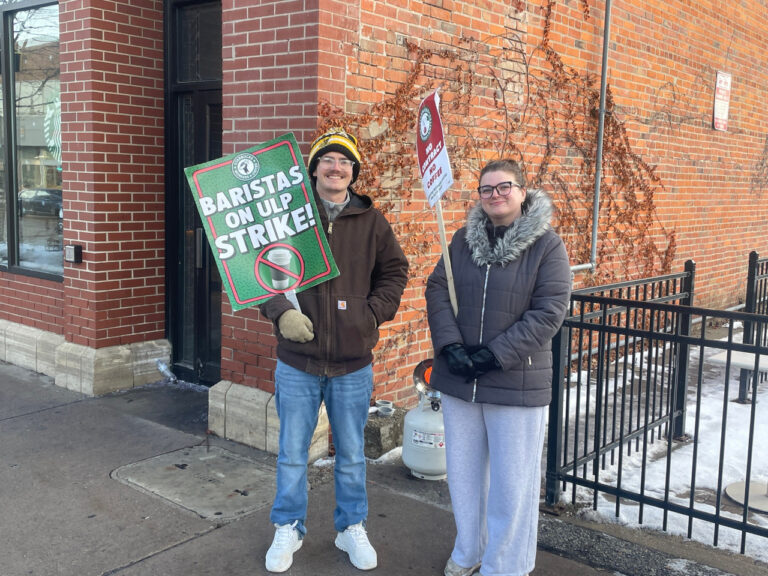This five-part, subscribers-only series is exploring the crisis of health care affordability as it relates to employers and employees in the Corridor. This final installment focus on strategies that have (and haven’t) worked for cost containment and what changes consumers can expect in the years ahead. Read the first four installments at corridorbusiness.com, and share your perspectives with the CBJ’s news team on our Facebook and Twitter pages, #CBJhealth
By Dave DeWitte
[email protected]
There have been many beacons of hope for making health care more affordable over the past decade. One of the most promising has been taking a consumerist approach.
It held that patients are just like other consumers. If they just had the incentive to save money, such as a high-deductible health plan that would require them to pay the first $2,000 or $3,000 out of pocket, they would shop for the best health care at the best possible price.
Consumerism first required that medical providers share their prices for things like medical procedures and overnight hospital stays. It also required that data be available about patient outcomes, such as how many patients had to be readmitted to the hospital in the weeks after a procedure, and how many caught infections while they were receiving care.
The Health Policy Corp. of Iowa, a coalition of self-insured businesses, has been among those working for years to provide the cost and quality information patients need to become good consumers.
“Times have changed, because we haven’t been able to get consumerism to work in Iowa,” said Paul Pietzsch, the group’s president. “The data was out there, but they didn’t use it.”
Why didn’t it work? Employee benefits executive Den Bishop came to a conclusion while researching his recent book, “A Voter’s Guide to Health Care”: Patients don’t think like consumers.
When faced with pain, limitations or incapacitation due to illness or injury, or seeing loved ones in such circumstances, we tend not to shop around, said Mr. Bishop, president of insurance brokerage Holmes Murphy & Associates. We simply follow what we think is the best medical advice available.
“You aren’t a consumer – you’re a husband, you’re a wife, you’re a mom,” he noted. “You’re going to do whatever it takes.”
Meanwhile, the high-deductible health plans coming into vogue were proving problematic. Employees didn’t want to pay for health care visits out of pocket, so they were making fewer doctor visits. That meant health conditions that could have been caught and addressed at early stages were ballooning.
That was only part of the problem, however. Most of those on high-deductible plans don’t spend enough to meet their annual deductible, “and so the vast majority of people get no benefit,” Mr. Bishop said. “And the inflation rate on high-deductible plans is actually worse [than on traditional plans].”
“What’s happening is people are worried about the out-of-pocket costs,” he continued. “And we’ve created this whole category, called ‘the underinsured.’ It means they have health insurance, but nobody at my house can afford to get sick. We don’t have the money to pay the deductible or out-of-pocket, but we still have the insurance.”
Another great hope for lower health care costs in the past decade has been employee wellness. This idea also seemed to make sense. By supporting, enabling and even incentivizing employees to take better care of themselves, the concept holds, they will become healthier and require less medical care.
The wellness movement brought a surge in sales of movement-monitoring devices like the Fitbit and phone apps that track daily calorie intake and nightly sleep. But it ultimately did little to bend the health care cost curve.
Mr. Bishop’s research suggests the problem was self-selection. The employees who jump onto the wellness bandwagon tend to be those who already are at least in fair health. Those with serious chronic health conditions like heart problems, diabetes, obesity or substance abuse issues tended not to participate for a variety of health and personal reasons. They also tended to be the employees with the highest overall health care costs.
Read the full, members-only feature in the Aug. 10 print or digital editions of the CBJ. Not a member? Join today.







